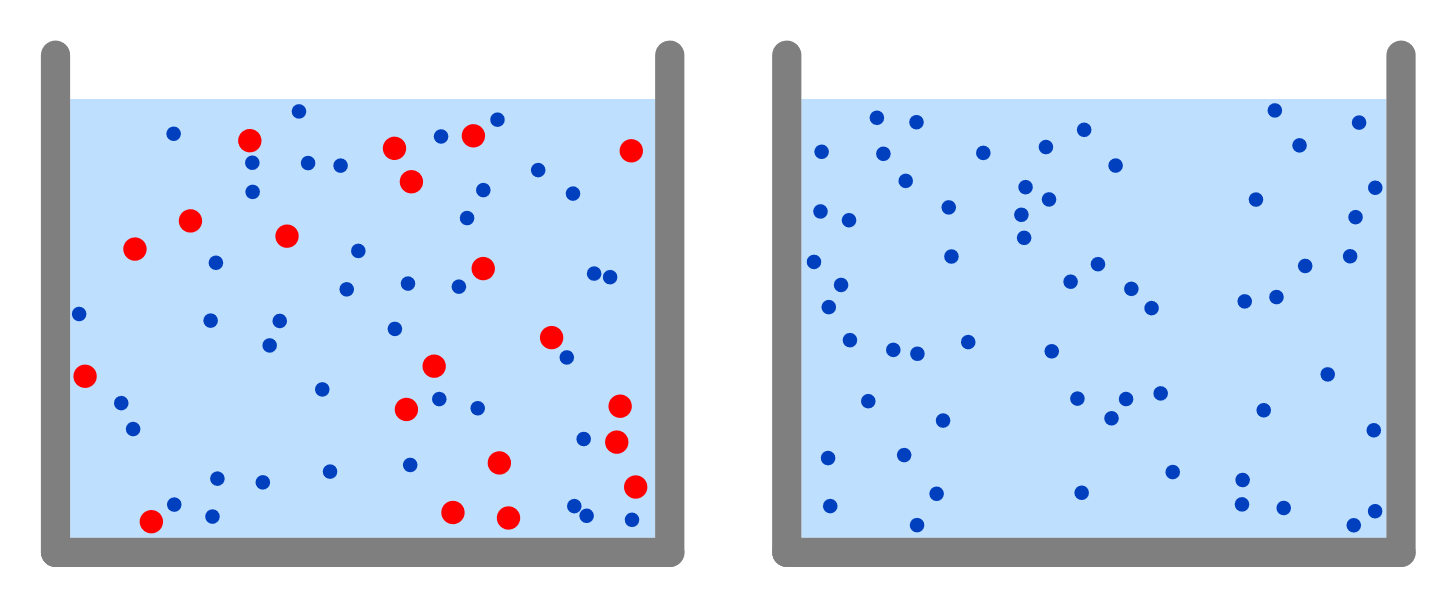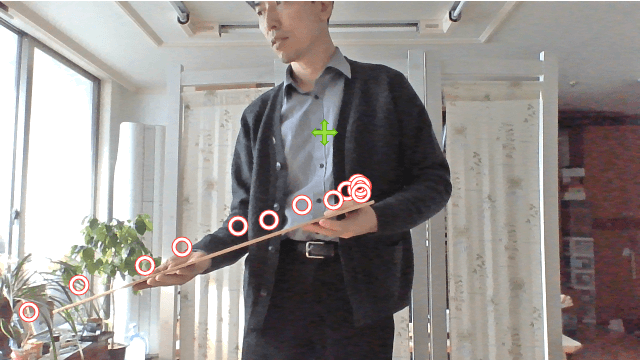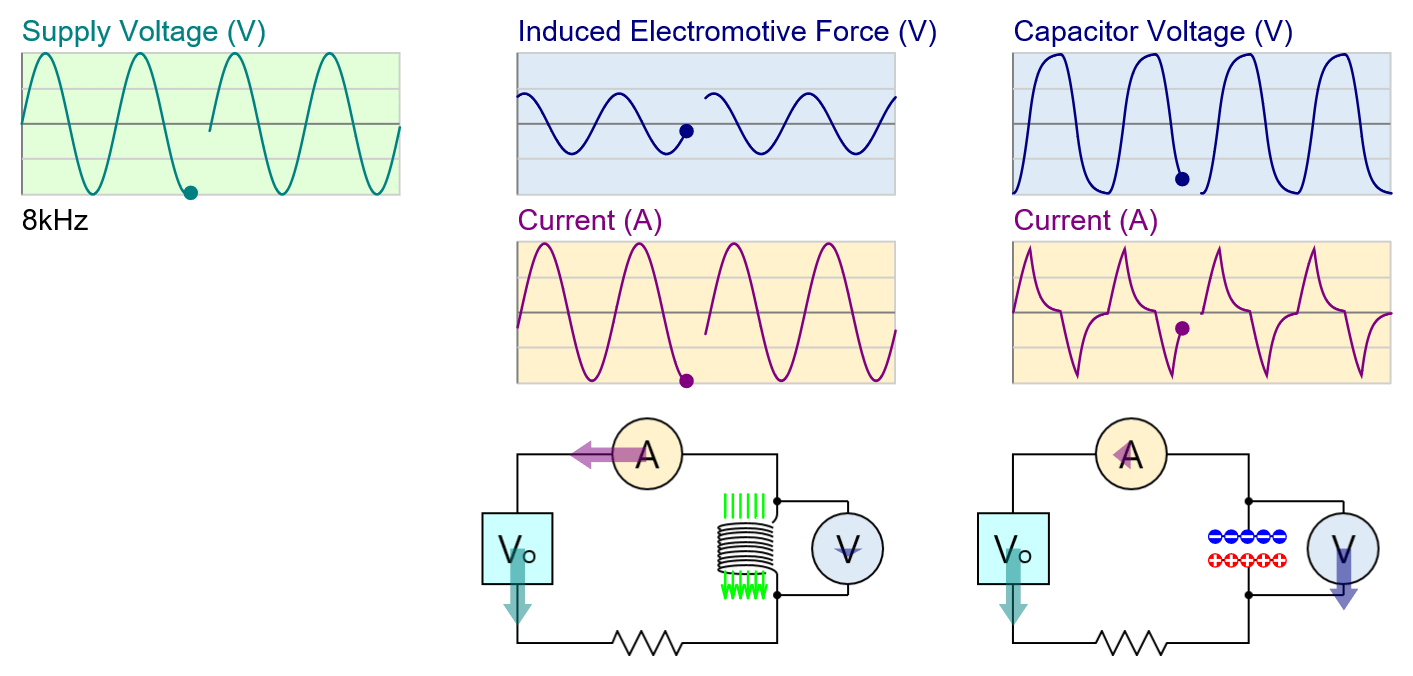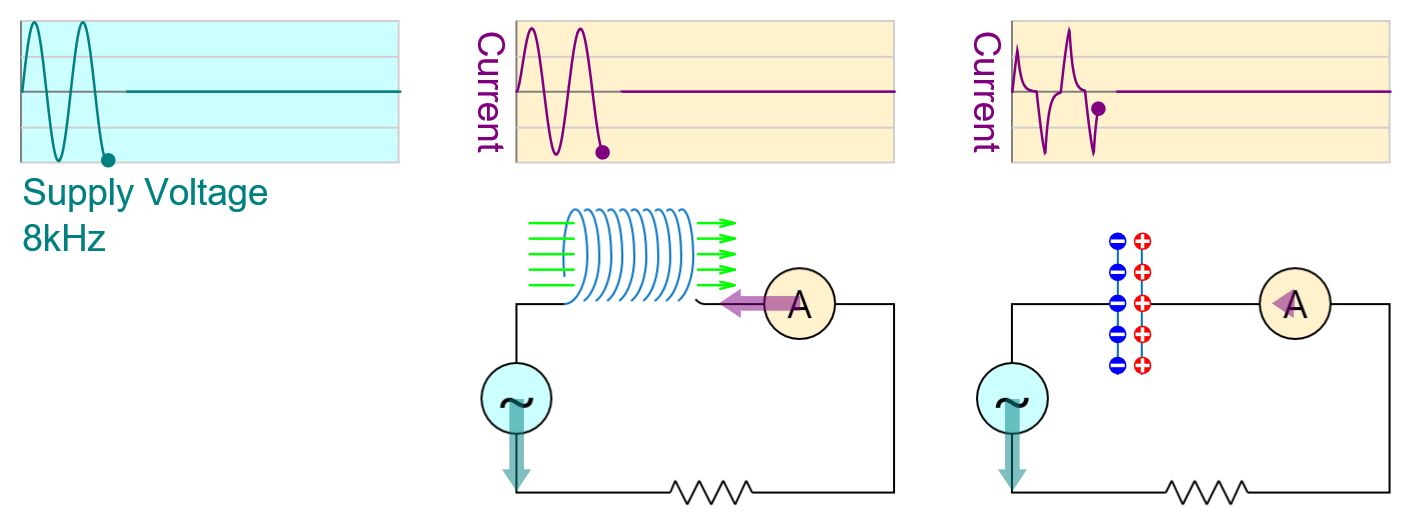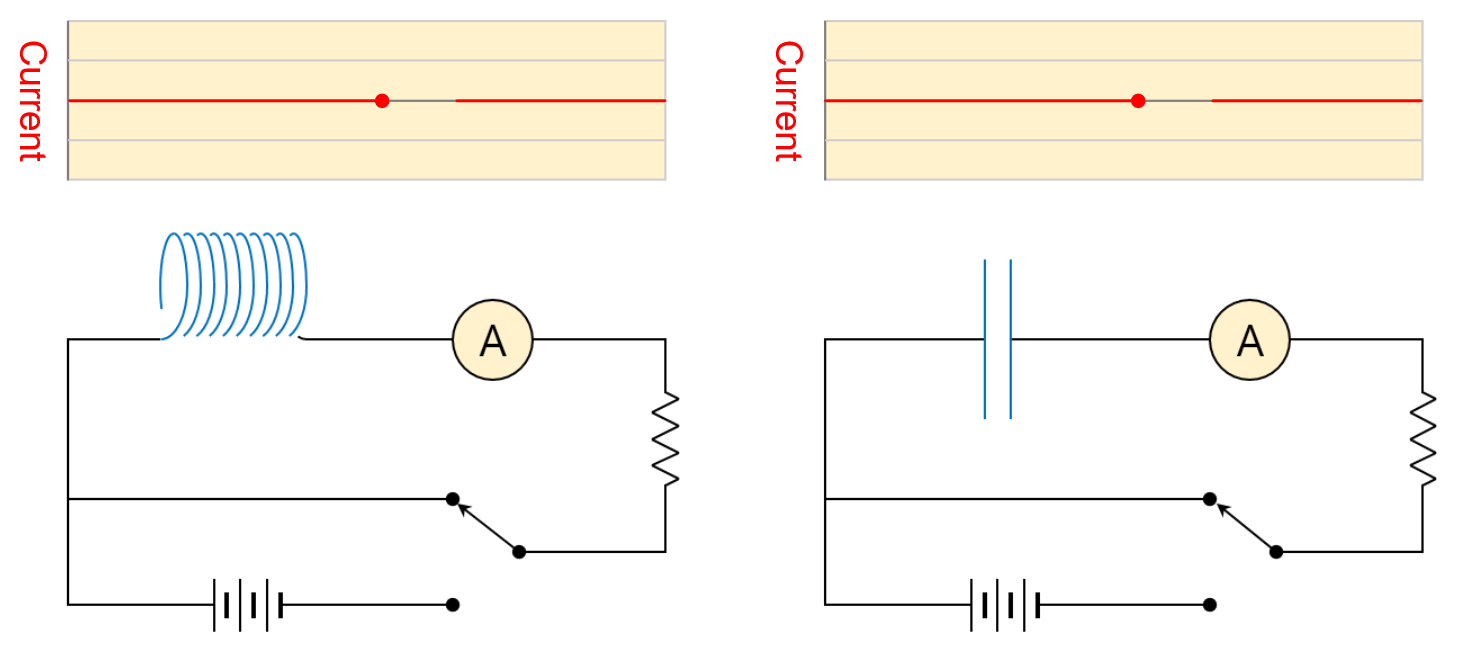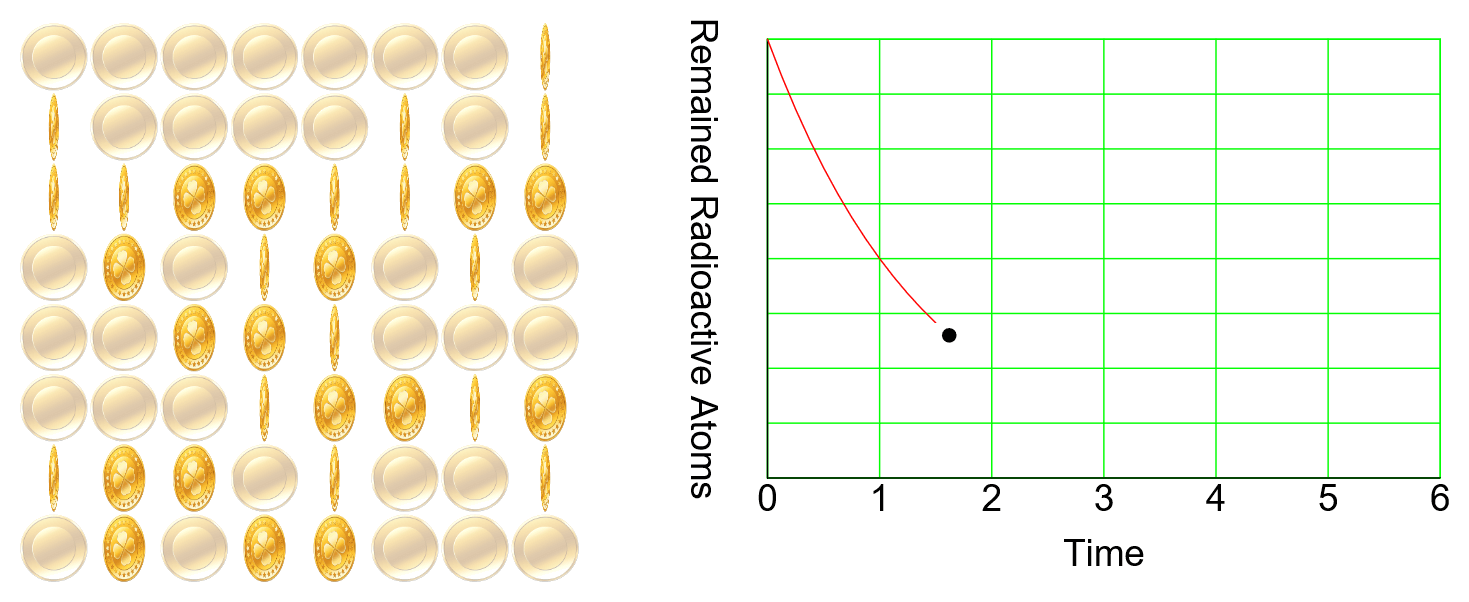Vapor Pressure Lowering
Equal volumes of sugar water and distilled water is in the same cup. Which solution will evaporate faster? Vapor pressure lowering of the solution When sugar (non-volatile solute) dissolves in water, a strong attraction acts between … more
